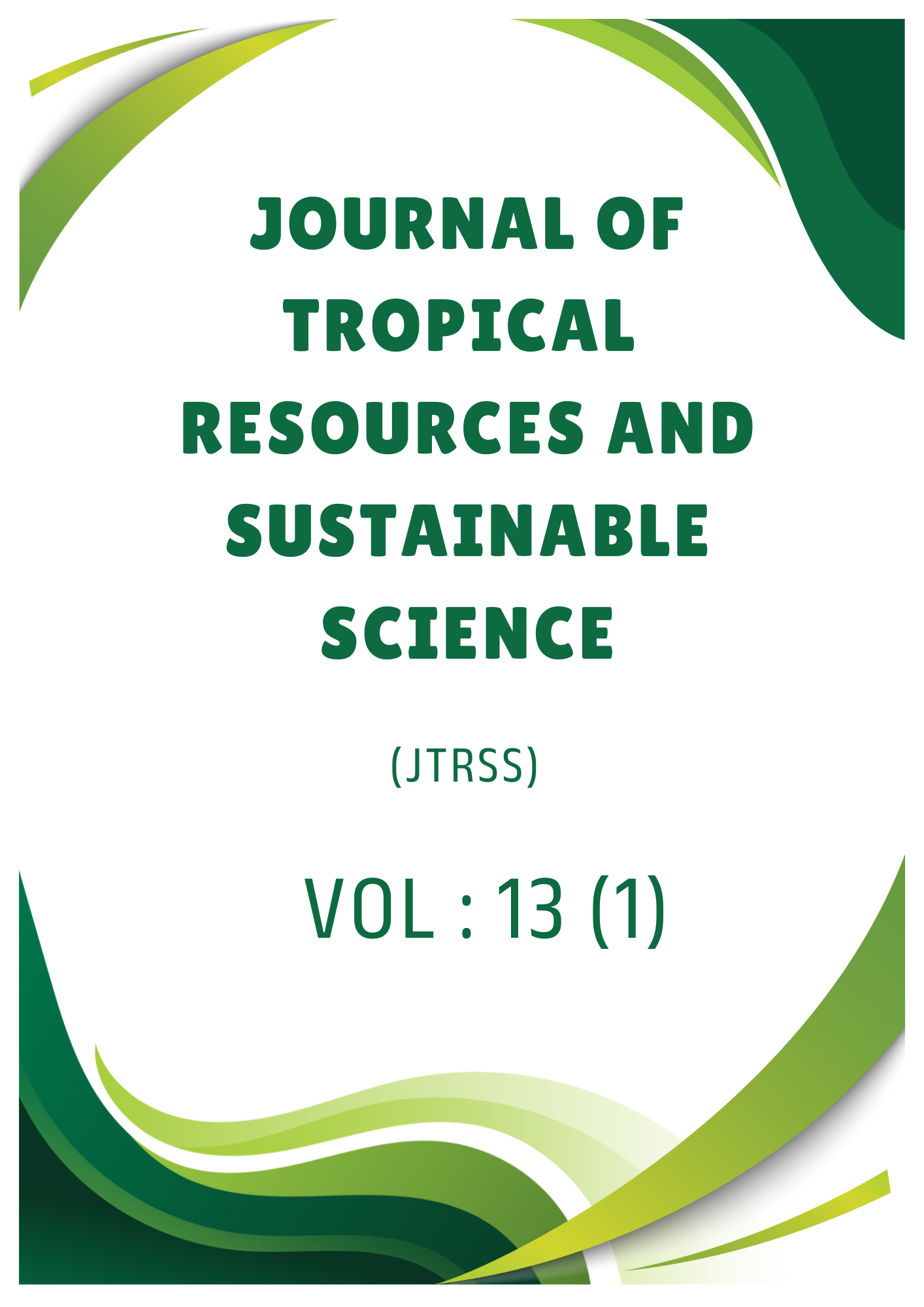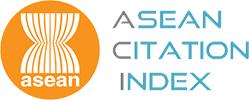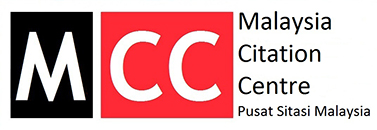Land suitability Analysis for Sustainable Agriculture Development using Multi-Criteria Analysis and Machine Learning Techniques: Case Study of Shibpur Upazila
DOI:
https://doi.org/10.47253/jtrss.v13i1.1531Keywords:
crop suitability, food security, geospatial analysis, sustainability multi-criteriaAbstract
Assessing the suitability of crops is crucial for determining a plot of land's capacity for producing crops sustainably. The primary objectives of this study are to conduct a land suitability analysis for sustainable agricultural development and to develop a land information system with crop recommendations. In this study, land suitability categorization and crop recommendations were produced while taking into account many criteria such as slope, elevation, land cover, low flood risk, soil moisture, and favorable soil. Land suitability is categorized into three categories: most suitable, suitable, and less suitable. The results of the land use map analysis show that agricultural land is 57% of total land. Out of total agricultural land, 19.44% is most appropriate for agriculture, while 32.22% is suitable and 48.34% is less suitable. The research conducted here developed a Mouza Plot-wise Land Information System (LIS) that is placed on a cloud server, providing simplicity of use and flexibility. This system helps people or local authorities to know if this land is suitable, less suitable, or not suitable for Agriculture.







